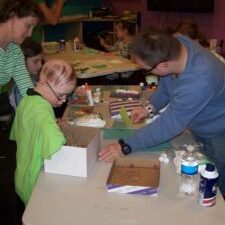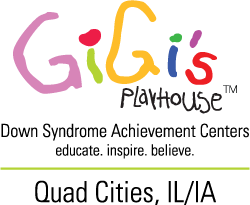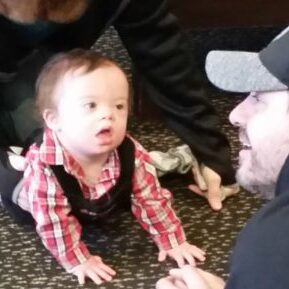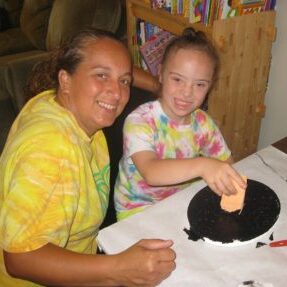W sitting
April 3, 2019
What is W-Sitting?
- A child is in a W-Sitting position when they are sitting on their bottom with both knees bent and their legs rotated away from the body
- If you stand above the child and look down, it looks like their legs are forming a “W”
Why do Kids W-Sit?
- Children with poor balance or weak abdominal, hip, and/or trunk muscles prefer this position because it offers a wider base of support, which is used as a compensatory strategy so that they do not have to work hard to activate their muscles during play
- It is very common for children to move in and out of this position when playing on the floor – however, the problem arises when the child chooses to sit like this for an extended amount of time.
What’s the Problem?
- Increases risk of hip and leg muscles becoming short and tight – this negatively impacts coordination, balance, development of gross motor skills, and may lead to ‘pigeon-toed’ walking
- Can cause back, pelvis, and/or joint pain
- Less core muscle activation is required to maintain the position – enforcing weak/poor muscle development
- Delays development of a hand preference
- Limits ability to shift weight from side to side – this negatively impacts the development of balance reactions, ability to reach across the body to perform tasks that involve both hands, and ability to cross midline; this can negatively impact their ability to perform writing skills and other important school-related table top activities
Solutions to W-Sitting
- Alternative ways to sit à long sitting (legs out in front), side sitting (to either side), crisscross/tailor sitting, tall kneel, or sitting on a low bench or stool
- Core muscle strengthening à sitting on an exercise/physio-ball, crawling through a tunnel, swimming, bouncing (hopscotch/trampoline)
- Hip stretching à butterfly, piriformis, child’s pose
- Repetition and consistency with verbal cues – i.e. “fix your legs” or “criss-cross-applesauce”
Web Resources
- Follow this link for more stretches, descriptions, and pictures: https://www.self.com/gallery/hip-stretches-your-body-really-needs-slideshow
- Follow this link for more core strengthening exercises: https://theinspiredtreehouse.com/child-development-core-strengthening-for-kids/
- Follow this link to see pictures of alternative sitting positions: https://pathways.org/blog/what-is-w-sitting/
Blog submitted by,
Jay Manix, Occupational Therapy Intern
Recent Posts

Speech and Language Activities for 3 to 5 year olds
Next up we have activities for our very active 3 to 5-year-old friends. These activities are taken directly from our Leaps and Bound Speech and...


